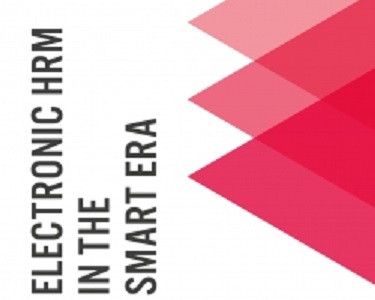e-HRM systems in support of “smart” workforce management: An exploratory case study of system success
Academic Publications

Author(s): McDonald, K., Fisher, S., & Connelly, C. E.
Date: 2017
Resource: In T. Bondarouk, H. Ruël, & E. Parry (Eds.), Electronic HRM in the smart era (pp. 87-108). Emerald Publishing Limited.
Purpose: As e-HRM systems move into the ‘smart’ technology realm, expectations and capabilities for both the automational and informational features of e-HRM systems are increasing. This chapter uses the well-established DeLone and McLean (D&M) model from the information systems literature to analyze how a smart workforce management system can create value for an organization.
Methodology/approach: The chapter is based on an exploratory case study conducted with a North American industrial products firm. We review three systems-level predictors of success from the D&M model (system quality, information quality, and service quality) and evaluate the company’s systems on these attributes.
Findings: The company’s e-HRM systems fall short on the information quality dimension, which limits potential for overall system success related to smart workforce management.
Research limitations/implications: The e-HRM literature focuses on individual-level factors of system success, while the D&M model uses more macro factors. Blending these may help researchers and practitioners develop a more complete view of e-HRM systems. Conclusions from this chapter are limited due to the use of a single, exploratory case study.
Practical implications: Companies must pay attention to all three predictors of system quality when developing smart workforce management systems. In particular, implementation of a data governance program could help companies improve information quality of their systems.
Originality/value: This chapter adds to the literature on smart workforce management by using a model from the information systems literature and a practical example to explore how such a system could add value.
Related Research Areas: Other Topics

